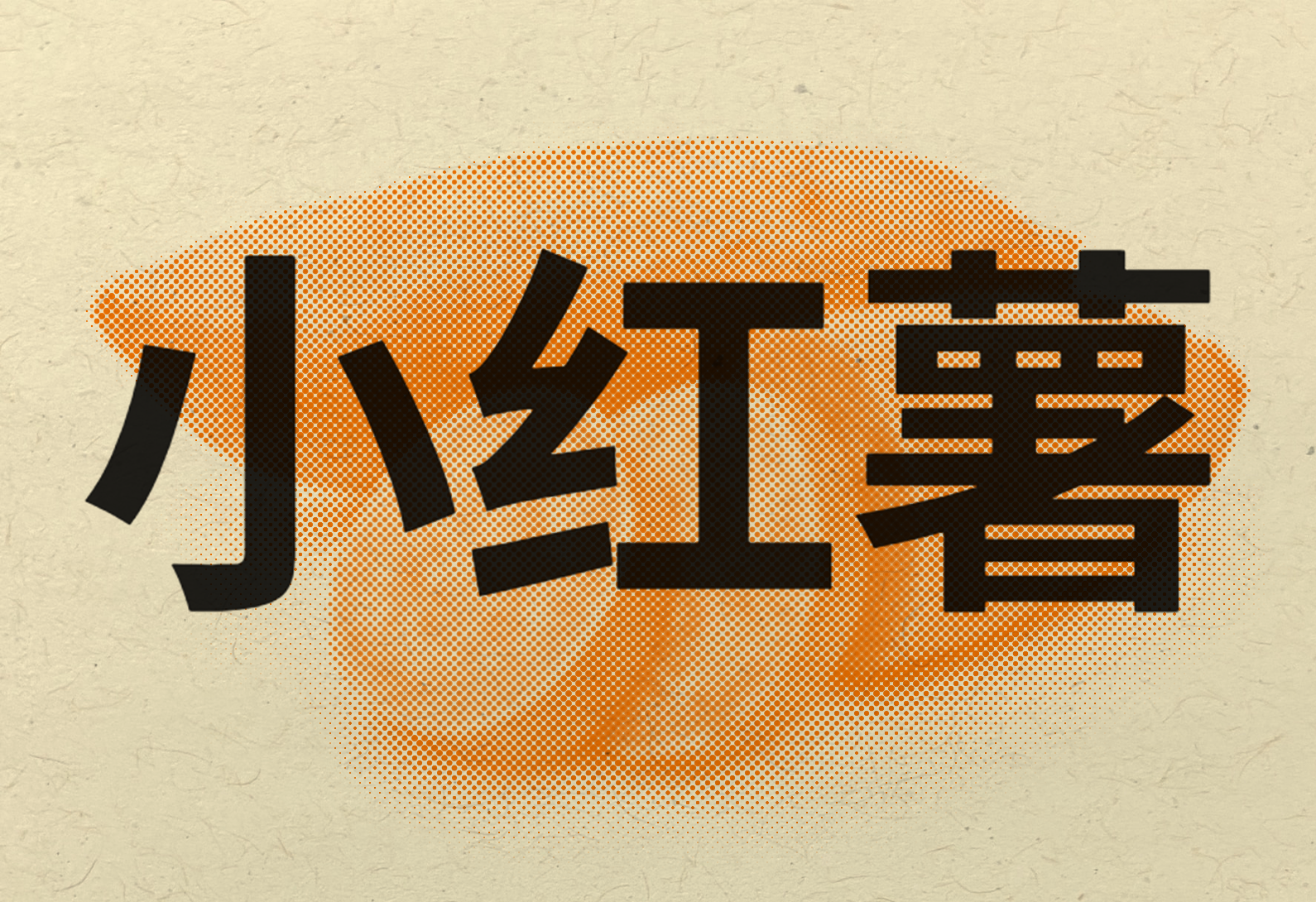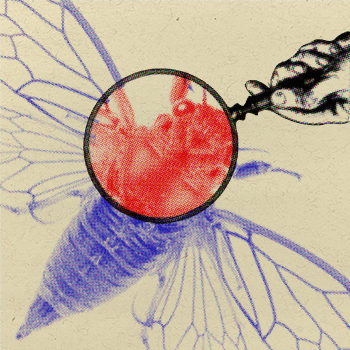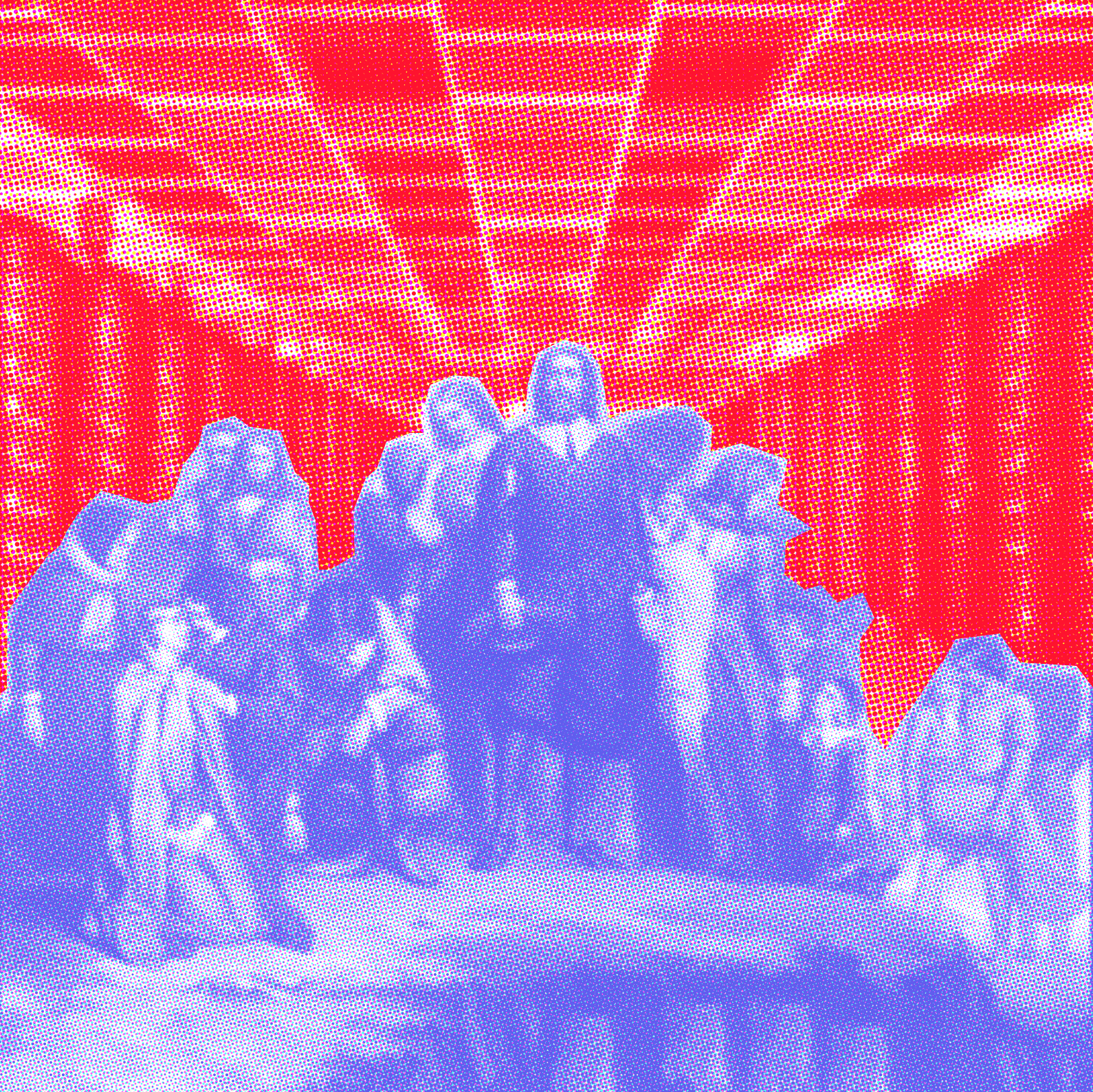I am an image addict who was born in the right digital generation. Image-based social applications are my playground to gather a sense of visibility that I do not see in either Western or Eastern traditional mass media. At the same time, knowing how traditional media representation is reflected through social apps, I consume internet based contents with a grain of salt. My favorite double edged app is Xiaohongshu, also known as Little Sweet Potato due to its sound abbreviation in Mandarin. Xiaohongshu is a blend of Pinterest and Twitter, with similar visual layouts but also how users interact with the community. Just like Pinterest, Xiaohongshu users are able to discover visual trends, specifically within the beauty and fashion industries. Influencers or any users utilize this platform to share their insights on specific products or experience. Similar to Pinterest’ personalized functions, Xiaohongshu users are able to like and pin contents to create mood boards or shopping notes. Like most user based applications on the market, Xiaohongshu uses algorithms to analyze users’ preferences through features such as Explore or Nearby to curate topics that users might be interested in. 01 Danese, Sara. “XiaoHongShu 小红书.” Medium (blog), July 23, 2020. https://medium.com/@sara.danese/xiaohongshu-%E5%B0%8F%E7%BA%A2%E4%B9%A6-1d9d079274b7. This article gives a brief introduction of Xiaohongshu and elaborates more on the in depth features of the app. The e-commerce element of Xiaohongshu is a part of the ecosystem pipeline to guide the users to shop through the detailed posts from internet influencers on the app. 02 Zhong, Chen. “My Favourite E-Commerce App in China: Red.” Medium (blog), February 17, 2019. https://medium.com/@cz1618/my-favourite-e-commerce-app-in-china-red-f78c7cc02f3f. This article expands on the E-commerce background of Xiaohongshu and its history of developing from a shopping guide to a e-commerce platform. Compared to other social media platforms, Xiaohongshu’s user-generated content gives most users opportunities to share their experience and recommendations related to fashion, beauty, and lifestyle, not just an influencer with large marketing followings. Interestingly, the initial goal of the platform was to introduce foreign brands to Chinese consumers as a shopping guide. Soon enough, the founders Miranda Qu and Charlwin Mao realized that there is a high demand of Chinese consumers wanting to purchase the products that they are researching through the app. Hence the current version of transactional e-commerce focus of Xiaohongshu where the users are able to purchase directly through the app’s Shop feature. Xiaohongshu also resembles Twitter. Especially with the aspect of opinionated short posts with heavy text interactions with other users in the comment section, similar to twitter threads. In most cases, opinion based posts are accompanied by memes that visualize the user’s tone in their post as shown below:
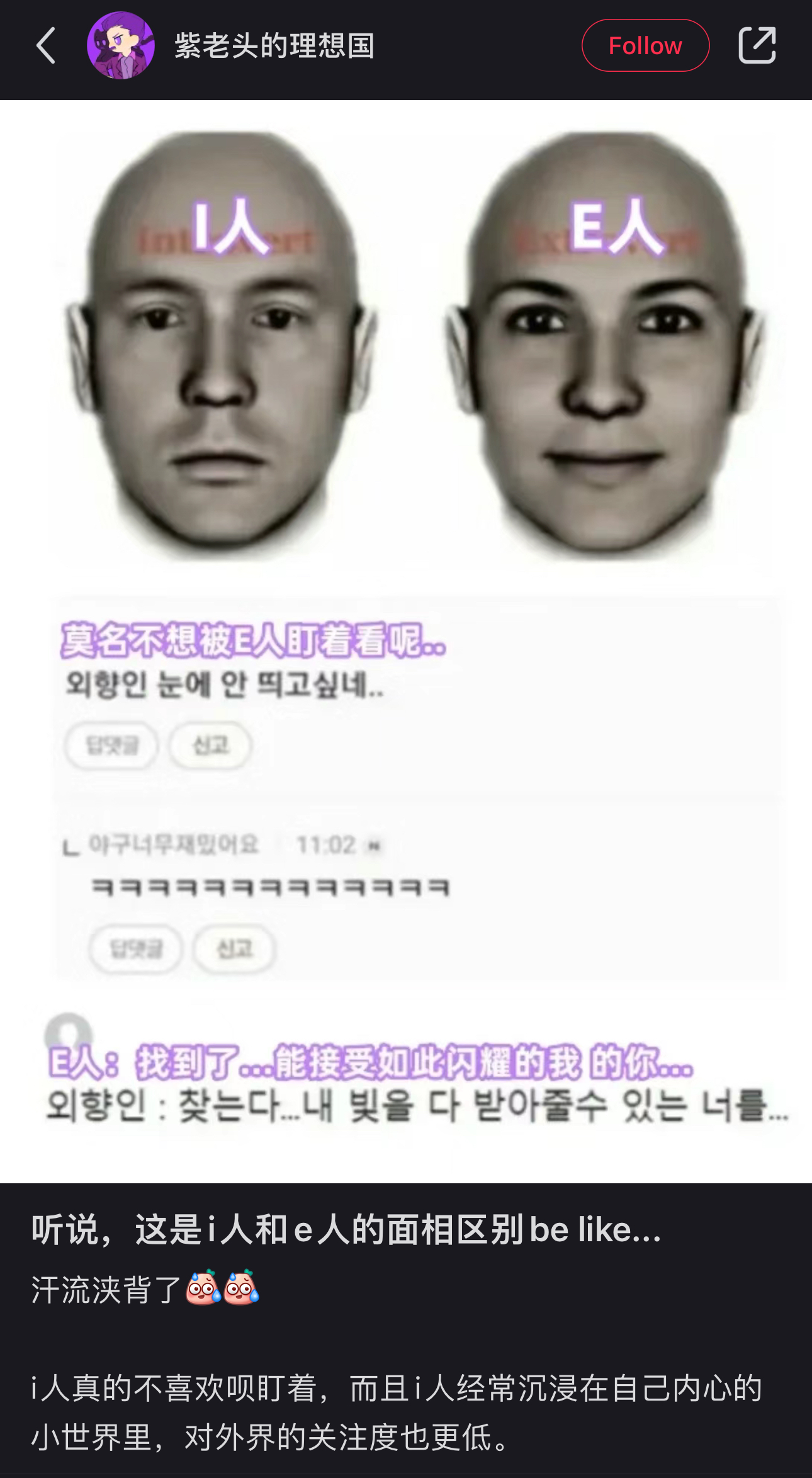

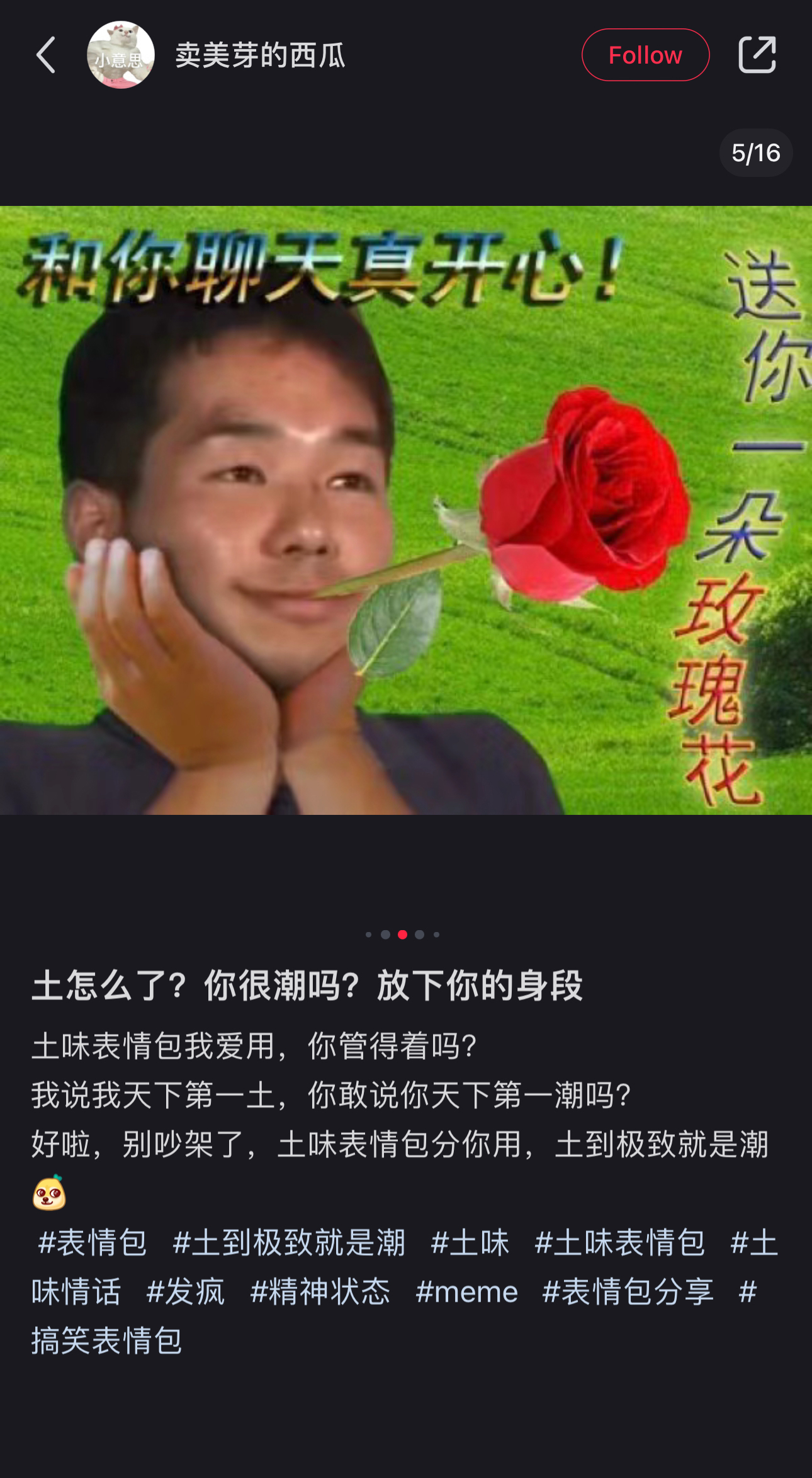

To dissect the cyber culture of Xiaohongshu, the user characteristic and demographics matters. Xiaohongshu users can be overall characterized as a part of the Chinese population that has privileged socio-eco status. As of November 2021, the user demographics on Xiaohongshu is consistent at 46.49% in the age group of 18 - 24, and 36.08% are in the age group of 25 - 34. Female users account for a significant portion, with 88.80% of the total. Among such demographic groups, Xiaohongshu currently has over 200 million monthly active users, with 72% being pos-90s generation and 50% residing in first and second-tier cities. Limited, OctoPlus Media Global. 03 "What Is the Audience Profile of Xiaohongshu (RED) Users?” Medium (blog), June 20, 2023. https://octoplusmedia.medium.com/what-is-the-audience-profile-of-xiaohongshu-red-users-b7c1ac7bfefd. This article expands on the characteristic and demographic of Xiaohongshu users with detailed data visualizations. In other words, Xiaohongshu’s skewed user input along with the existing layer of digital censorship allows users to promote harmful and identity based stereotypes. One example of such cyber culture is the topic of international couples, in most cases the most liked posts when a user shares their international romance is with another white person (as shown in the left image). But in many cases when a user posts their relationship with someone who is non-white, the comment sections would enforce racist and hateful comments towards their partners (as shown in the right image). Not only with international couples, inter-ethnic couples also face backlash, more so the partner who is not Han, where the hateful comments would target the ethnic partner’s educational background or physical appearance. Such interconnected patterns make me wonder what is considered as a topic to censor and monitor 04 Boyd, Alexander. “How Xiaohongshu Censors ‘Sudden Incidents.’” China Digital Times (CDT), July 28, 2022. https://chinadigitaltimes.net/2022/07/how-xiaohongshu-censors-sudden-incidents/. This article reports the recent incident where Xiaohongshu's censorship guide was leaked to the public. The article shows sepcific examples of how censorship is being applied on specific words or contents. in Chinese social media? When euro-centric and han-centric gazes are being applied, how can visibility be defined for anyone who can not be categorized through either lens?
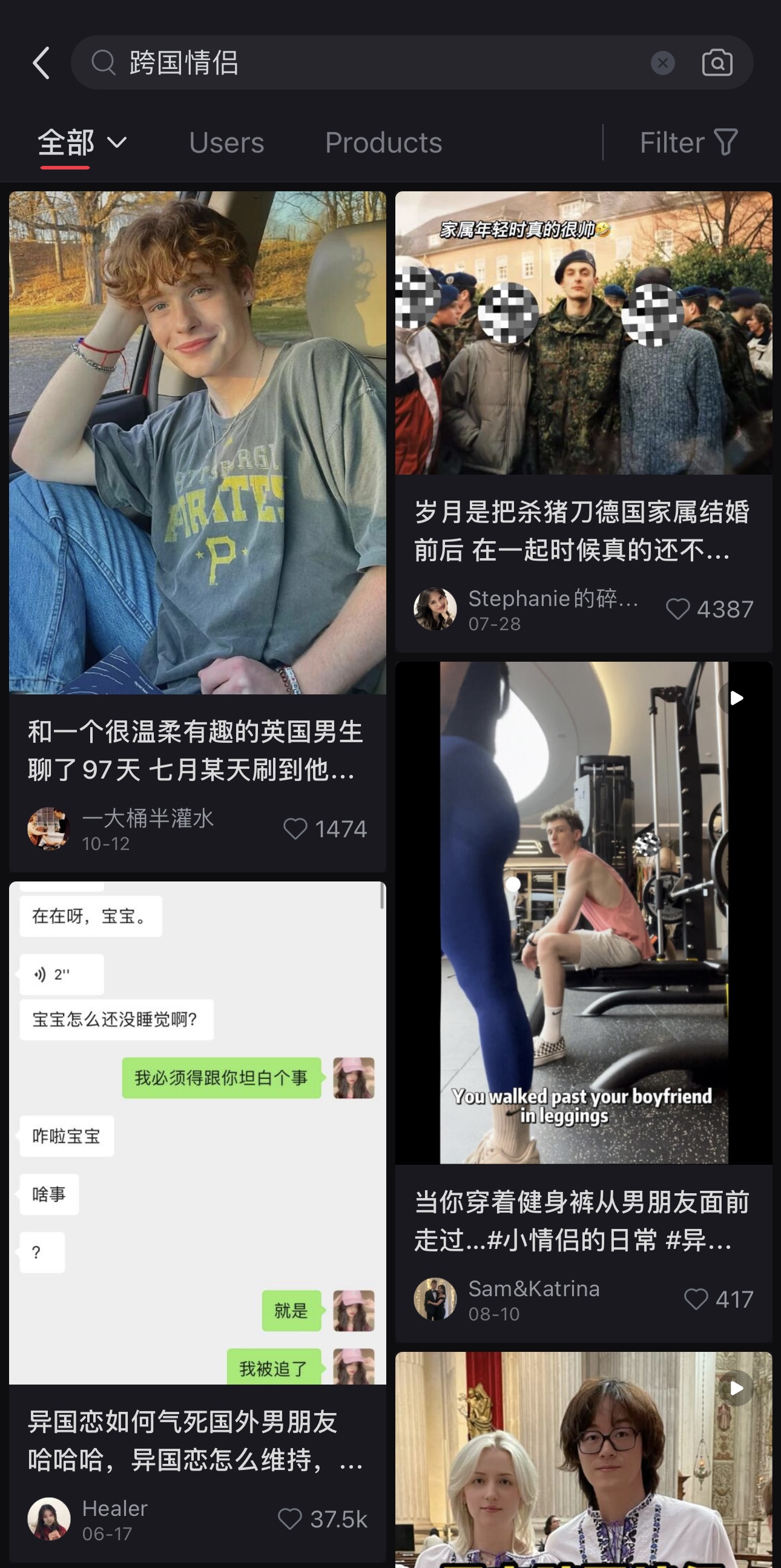

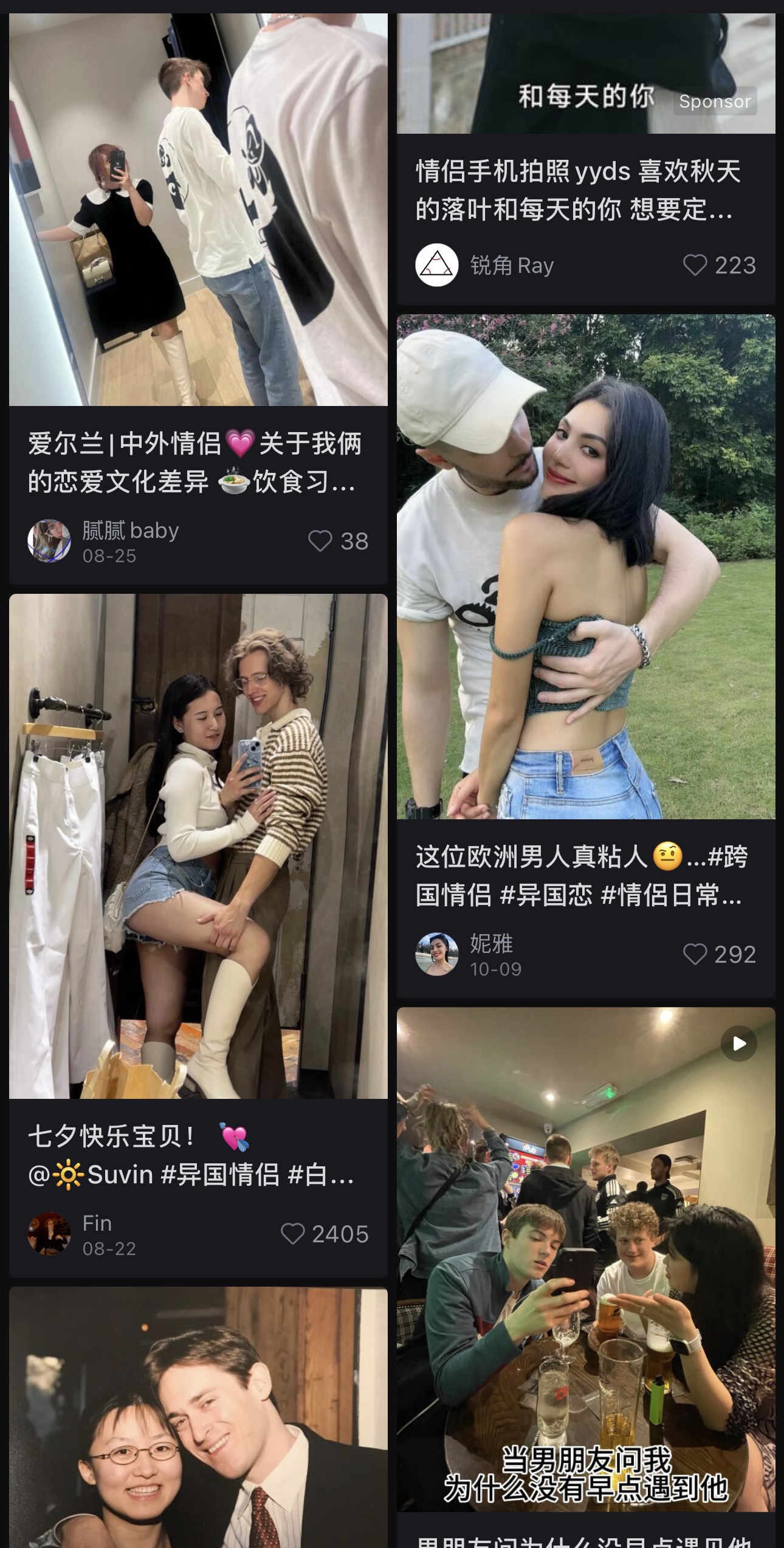

.jpg)
.jpg)
Just like a double edged sword, despite the toxic side of cyber culture, with half of Xiaohongshu users being younger generations, many contents also foster a welcoming environment for silenced voices. For example, queer couples are able to share their contents using internet slang to avoid the tech-censorship system in Xiaohongshu. Surprisingly, the comment sections were full of users in support of the queer relationships (as shown below).
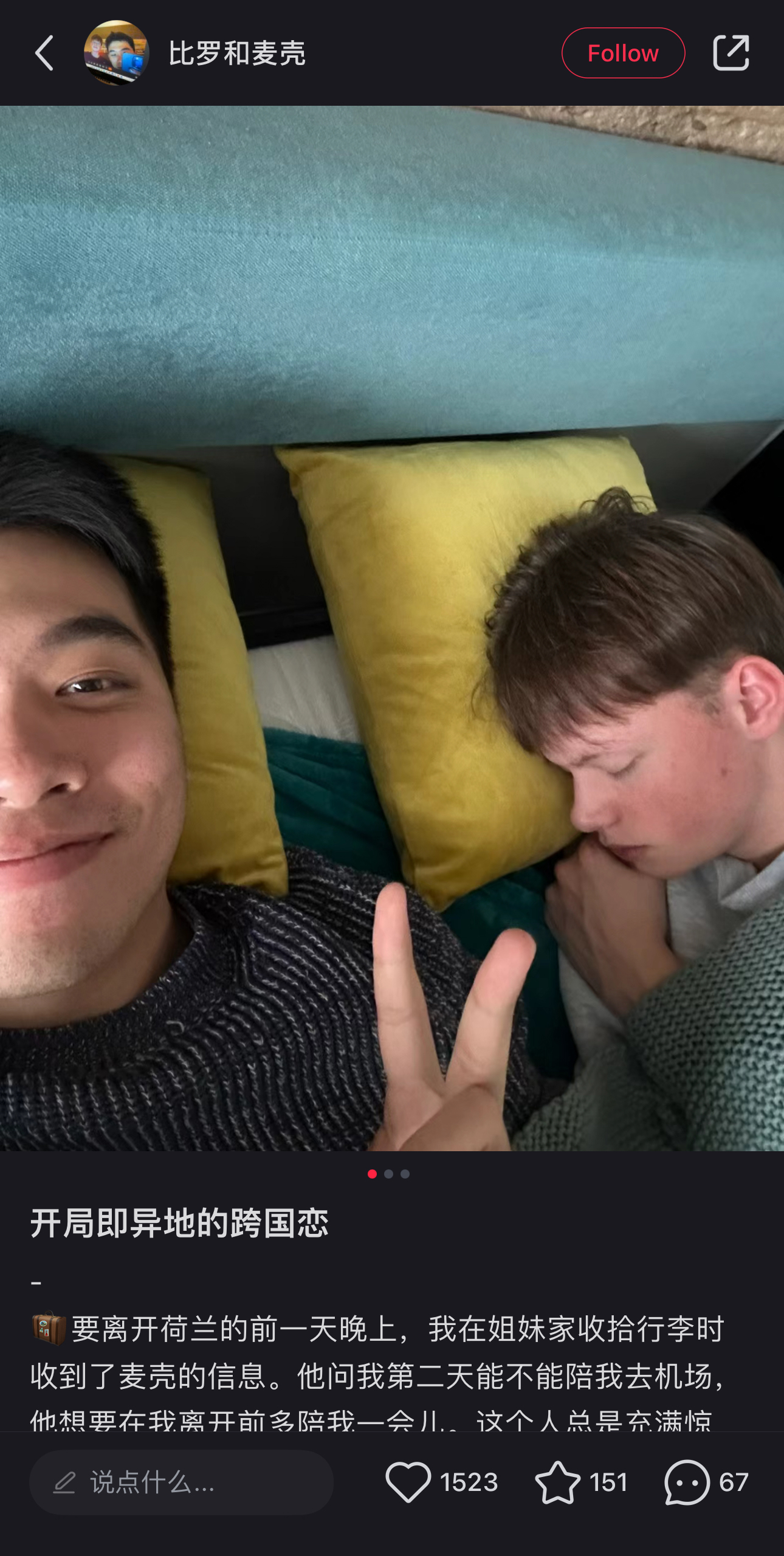

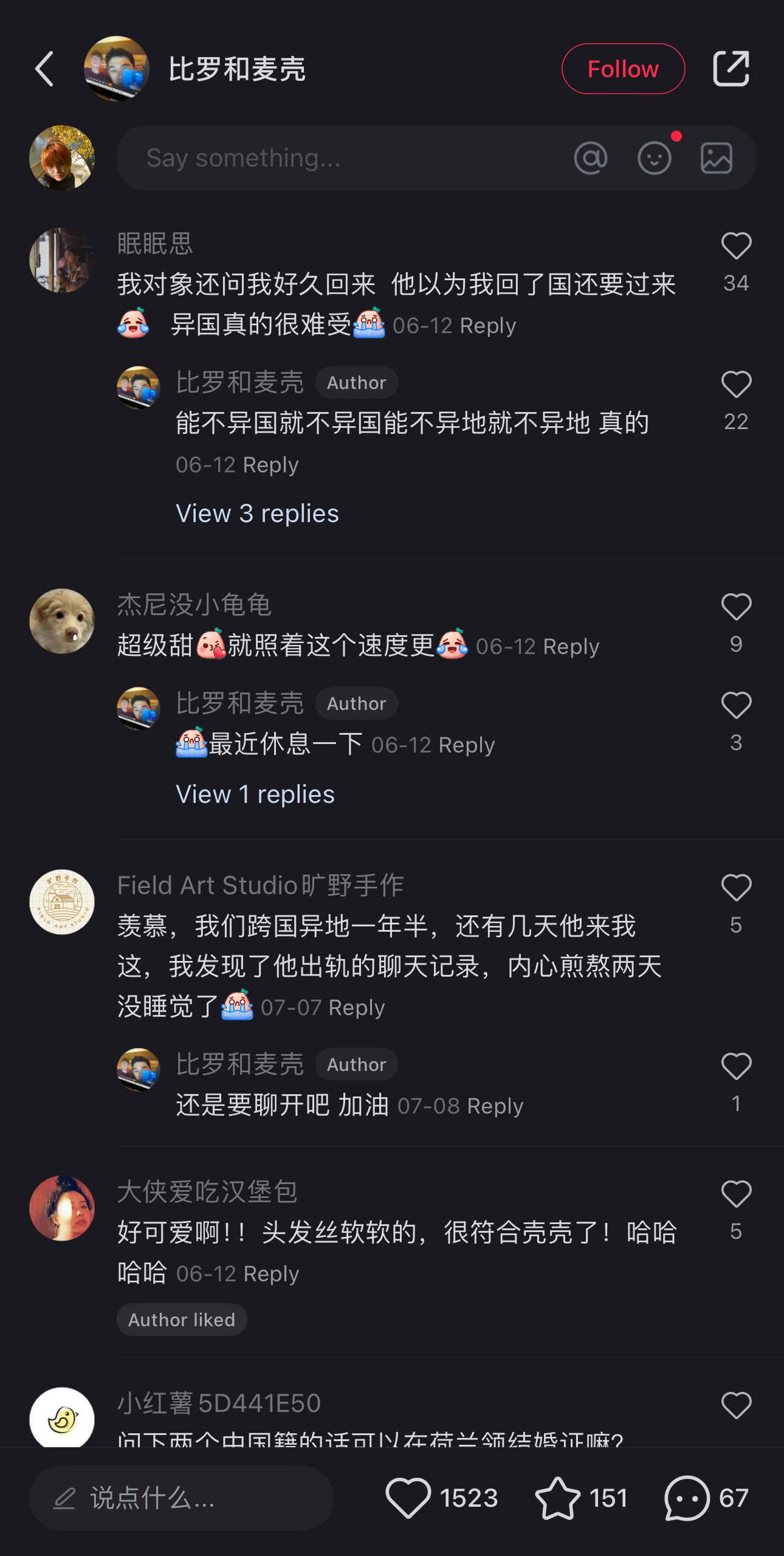

Cyber culture through Xiaohongshu is a unique representation of the new generation of Chinese online users. However, it is critical to think about how invisibility is still reinforced to populations that are constantly being discriminated against within its social dynamics, both locally and globally. Would you download the app to see if you are able to eat the little sweet potato?

